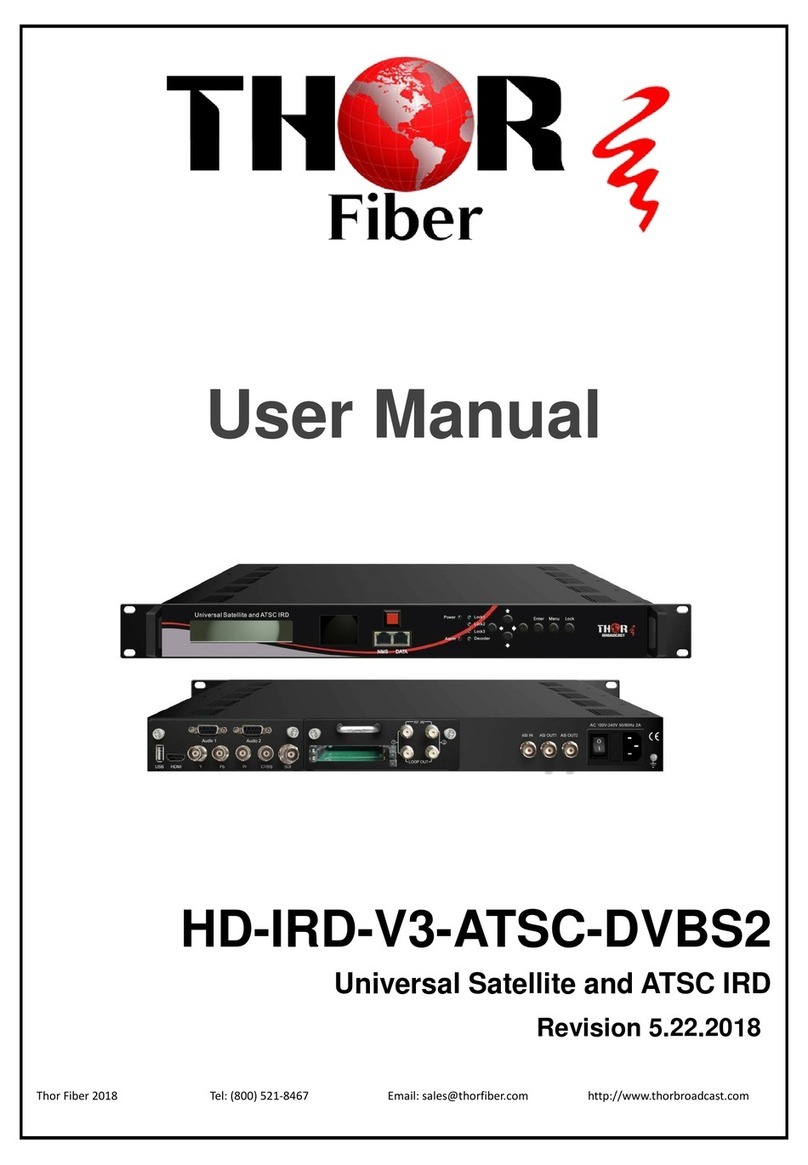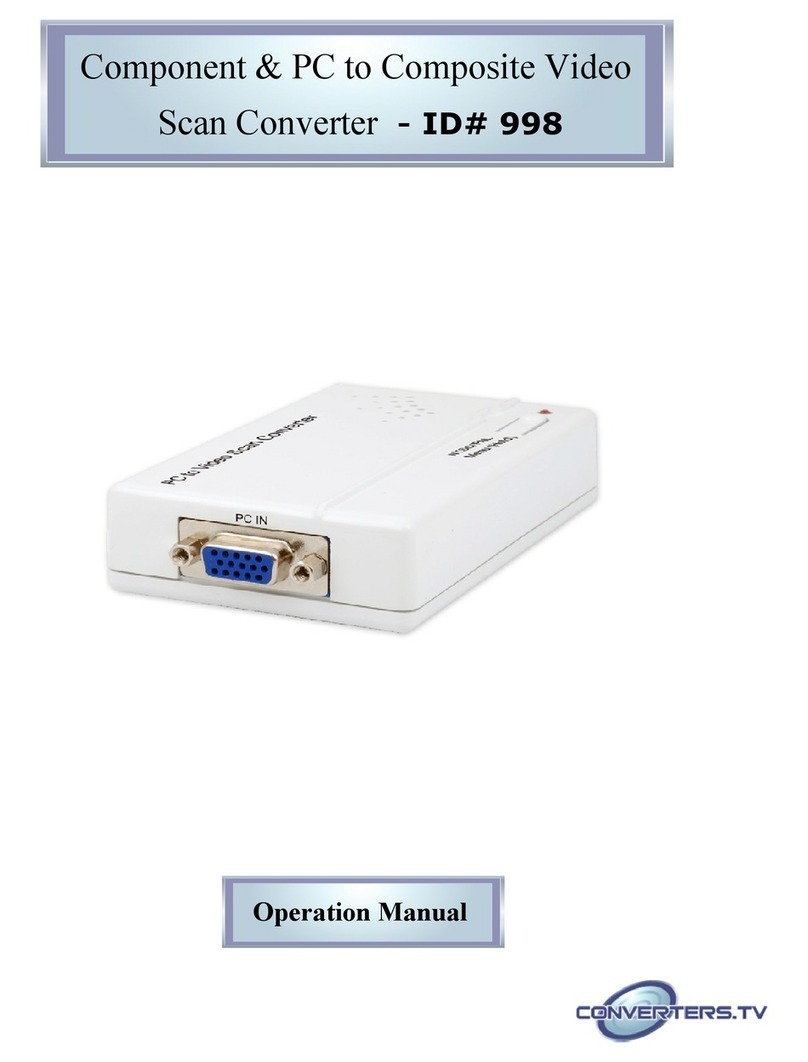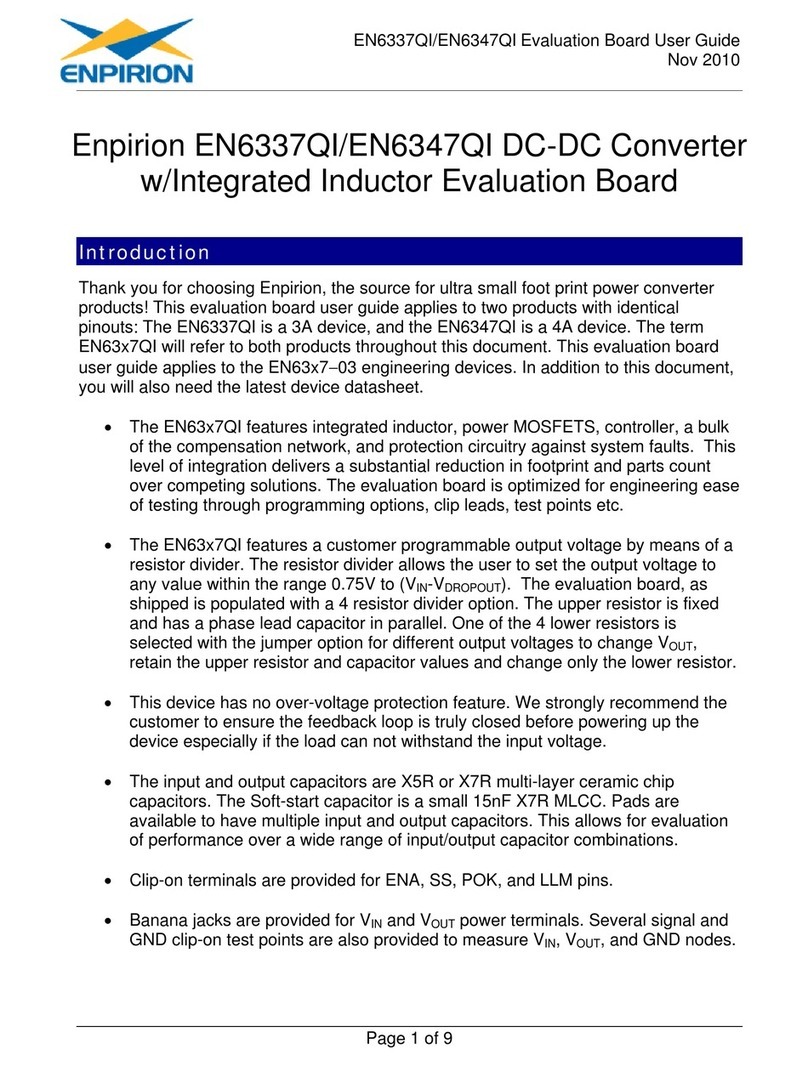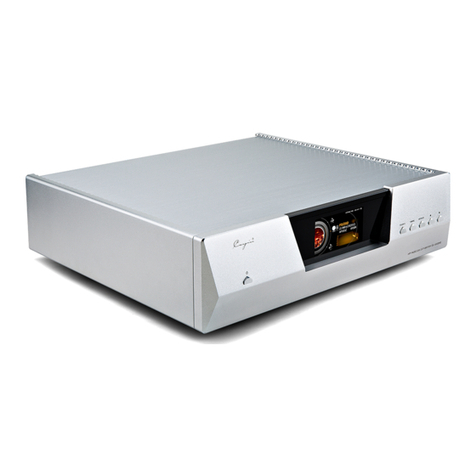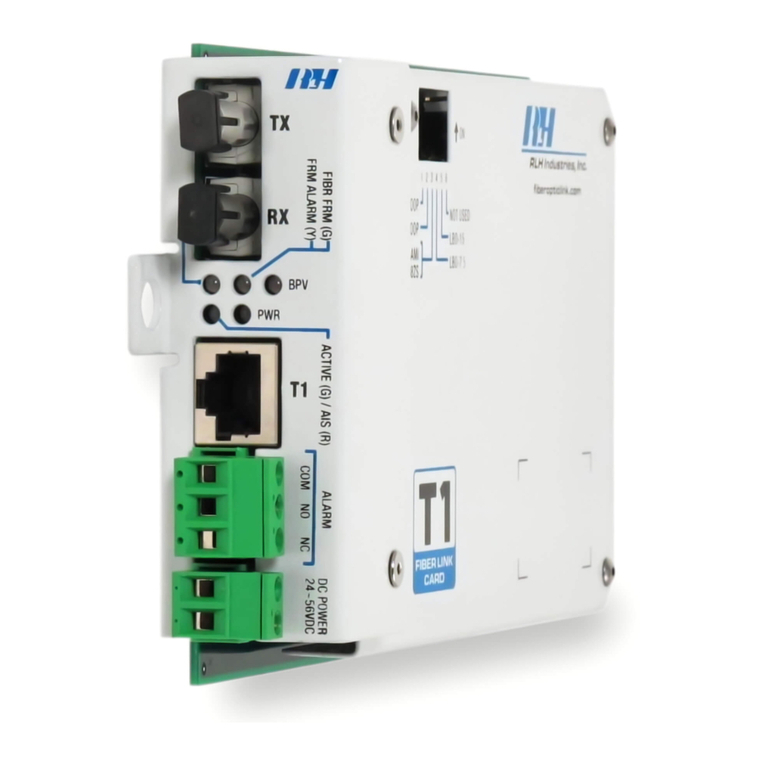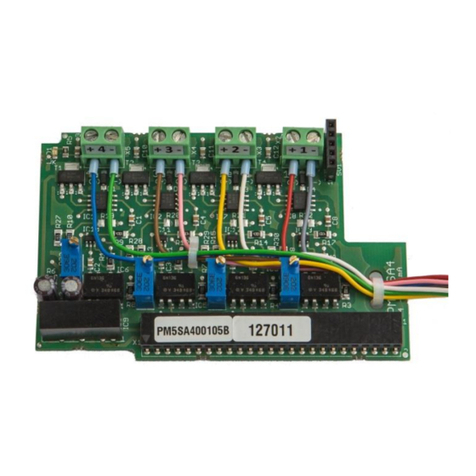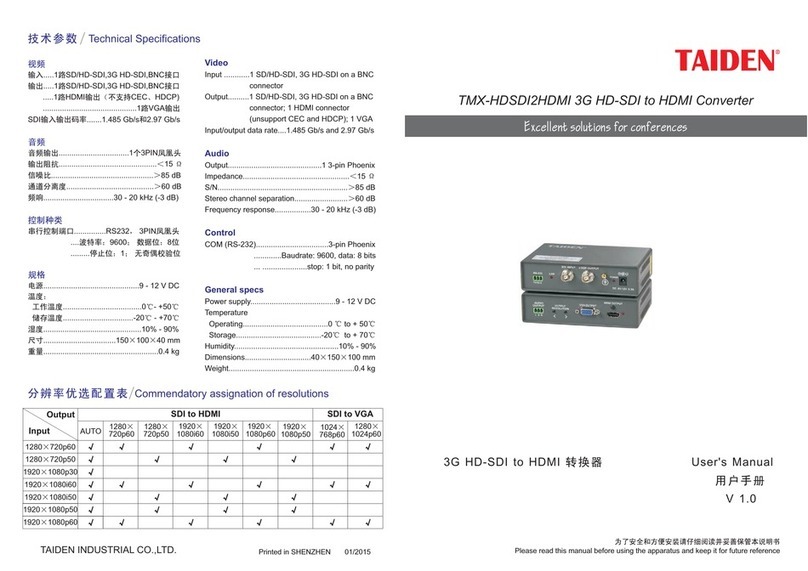Thor Broadcast H-IRD-V4 User manual




















This manual suits for next models
1
Table of contents
Other Thor Broadcast Media Converter manuals

Thor Broadcast
Thor Broadcast H-IRD-V3 User manual
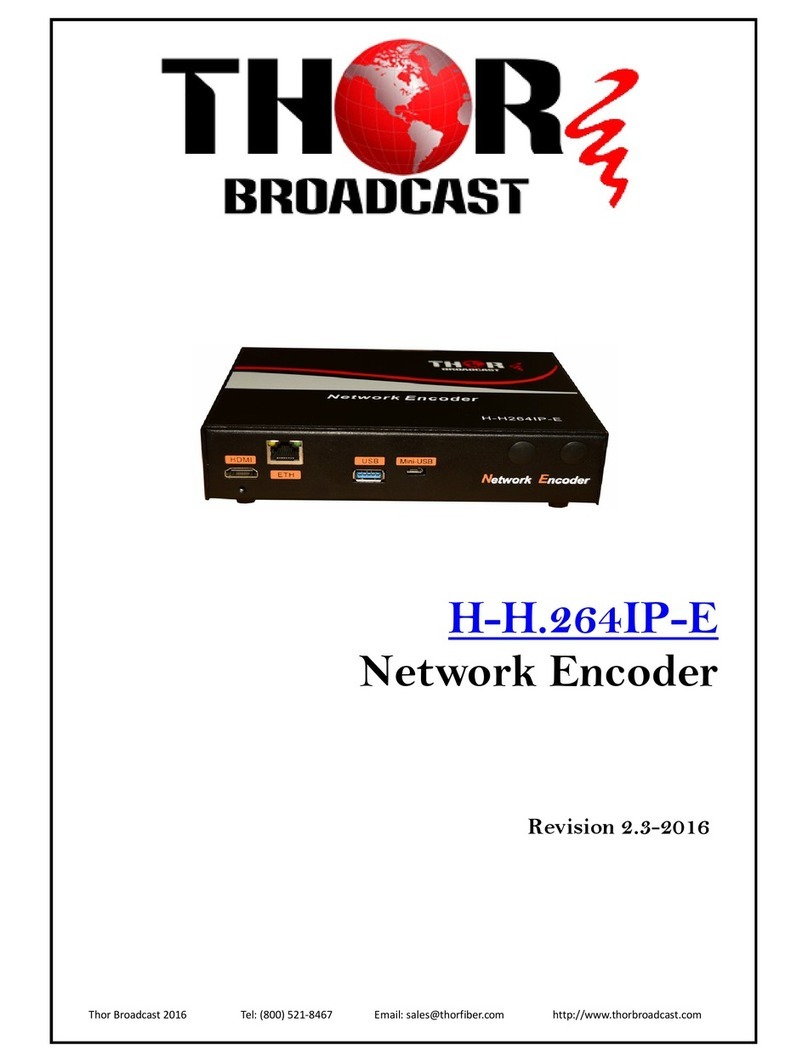
Thor Broadcast
Thor Broadcast H-H.264IP-E User manual
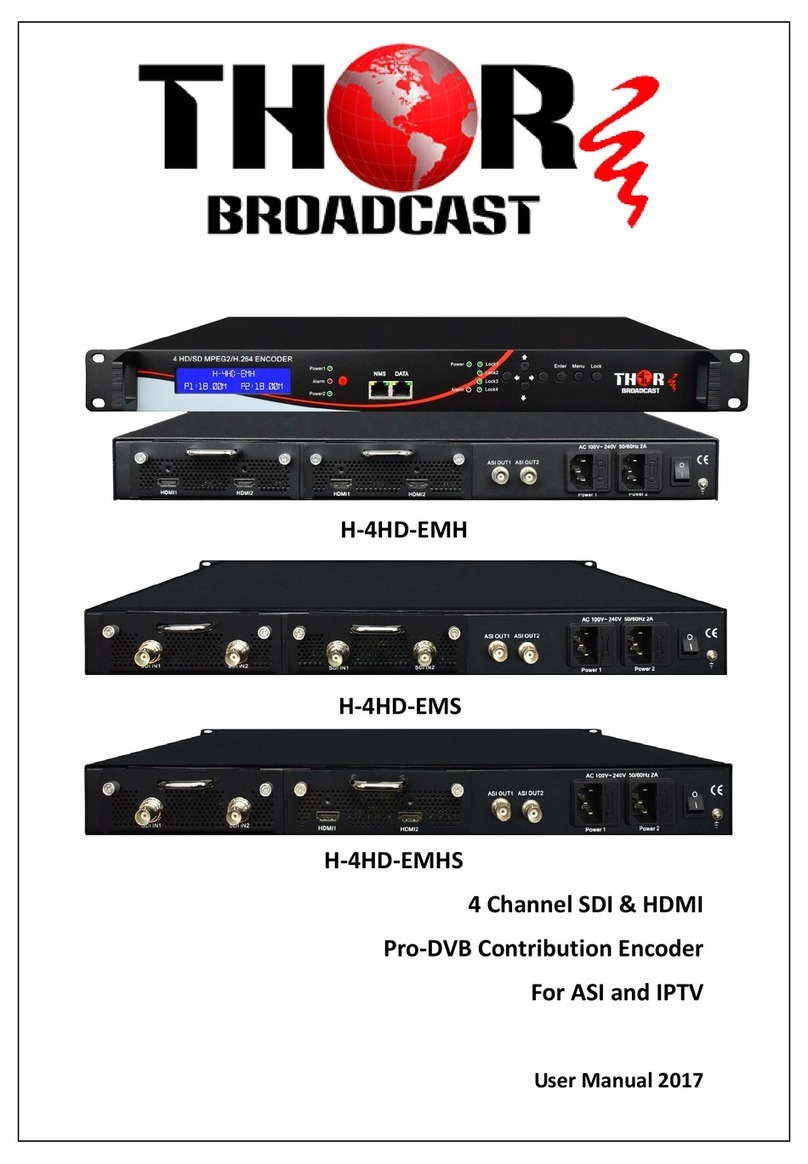
Thor Broadcast
Thor Broadcast H-4HD-EMH User manual
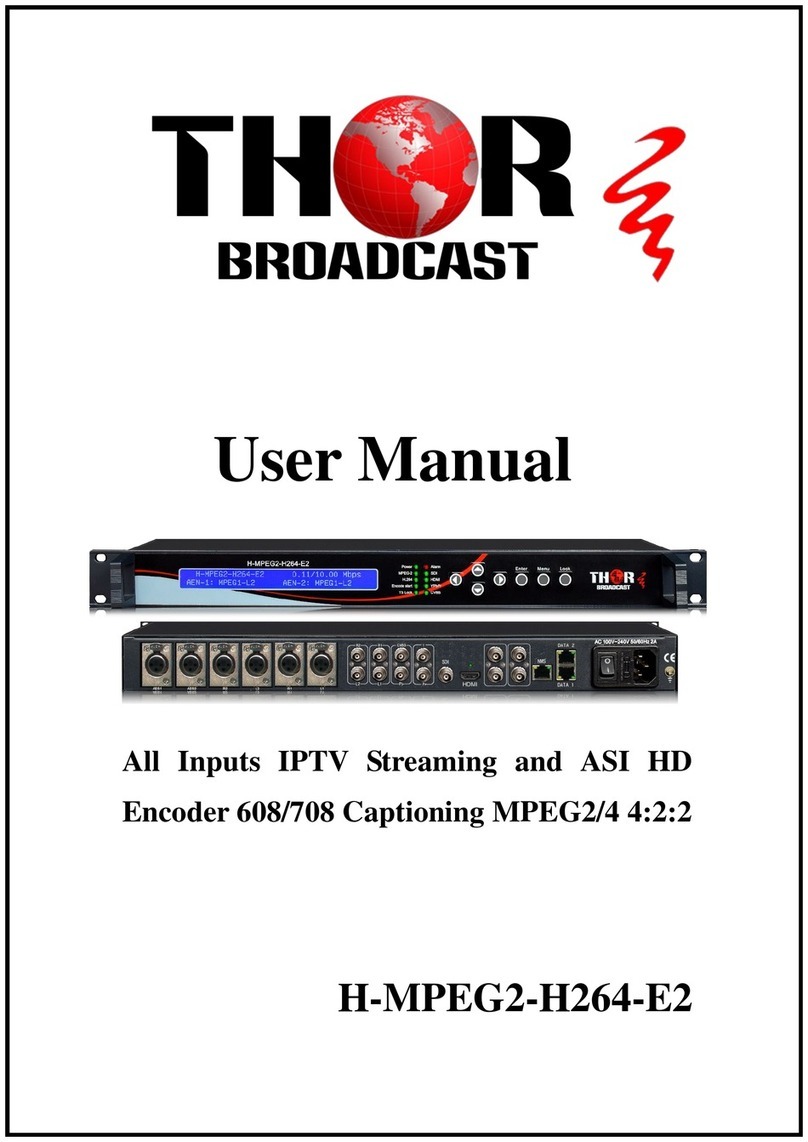
Thor Broadcast
Thor Broadcast H-MPEG2-H264-E2 User manual
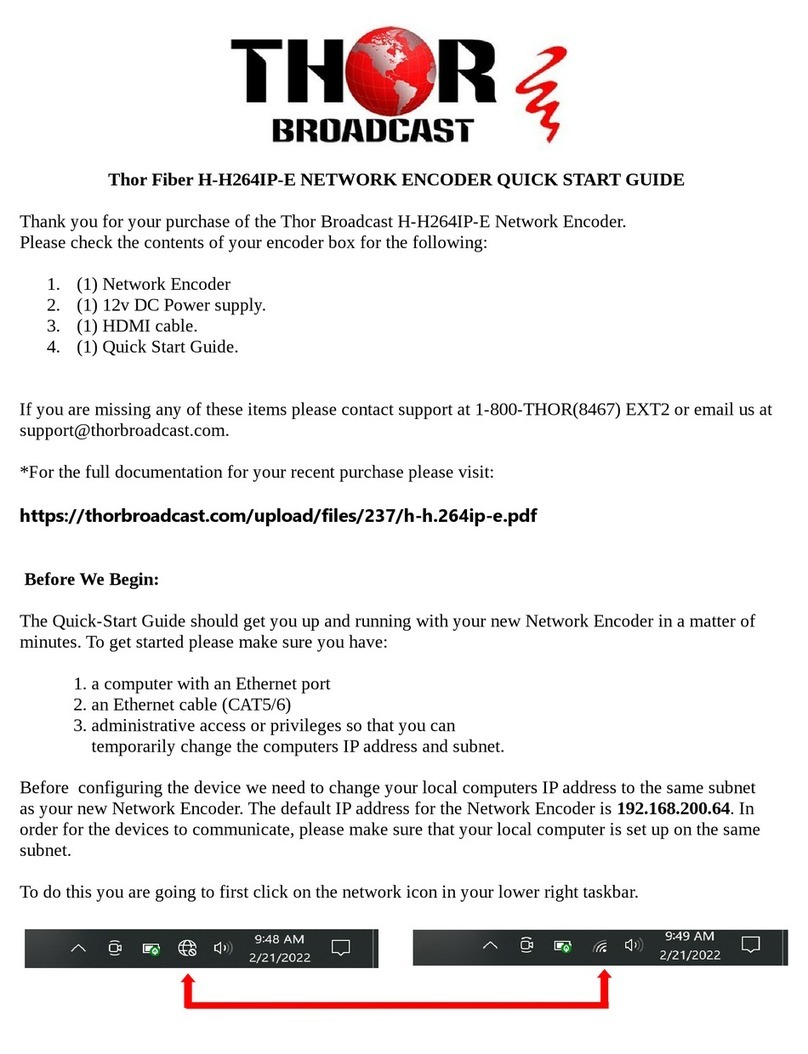
Thor Broadcast
Thor Broadcast H-H.264IP-E User manual

Thor Broadcast
Thor Broadcast H-1SDI-QAM-IPLL User manual

Thor Broadcast
Thor Broadcast H-12HDMI-QAM-IPLL User manual
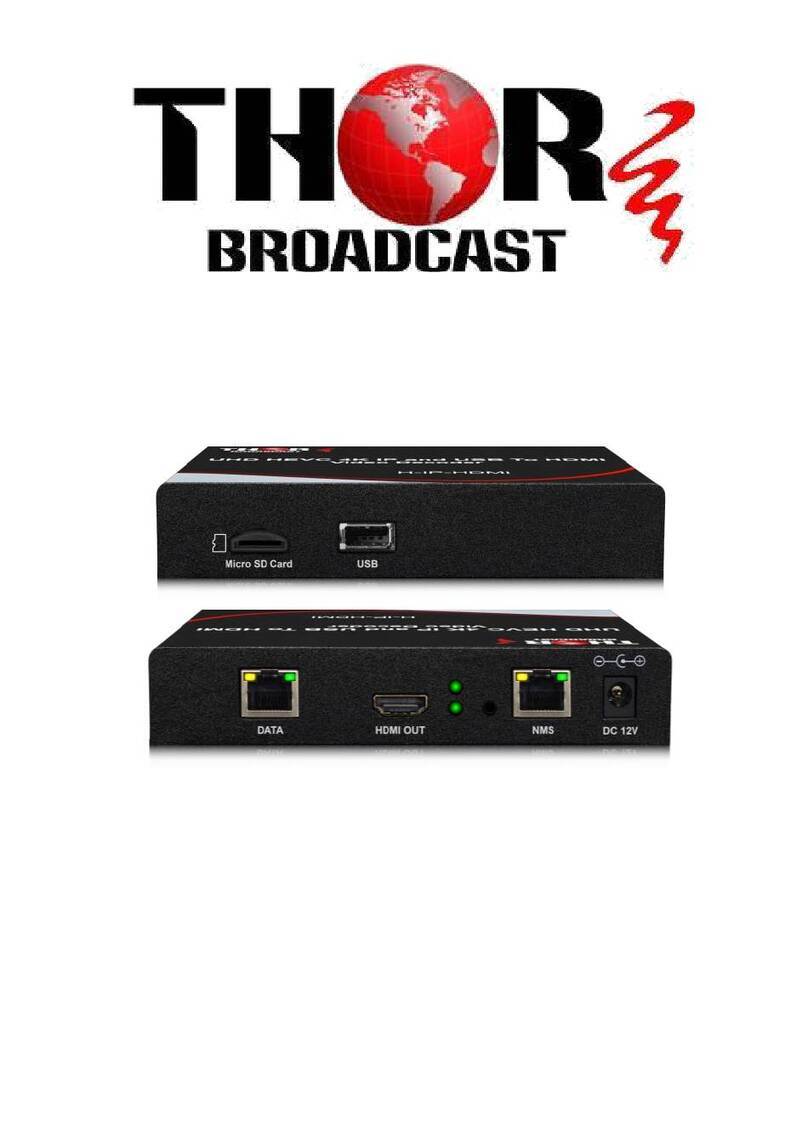
Thor Broadcast
Thor Broadcast H-IP-HDMI User manual
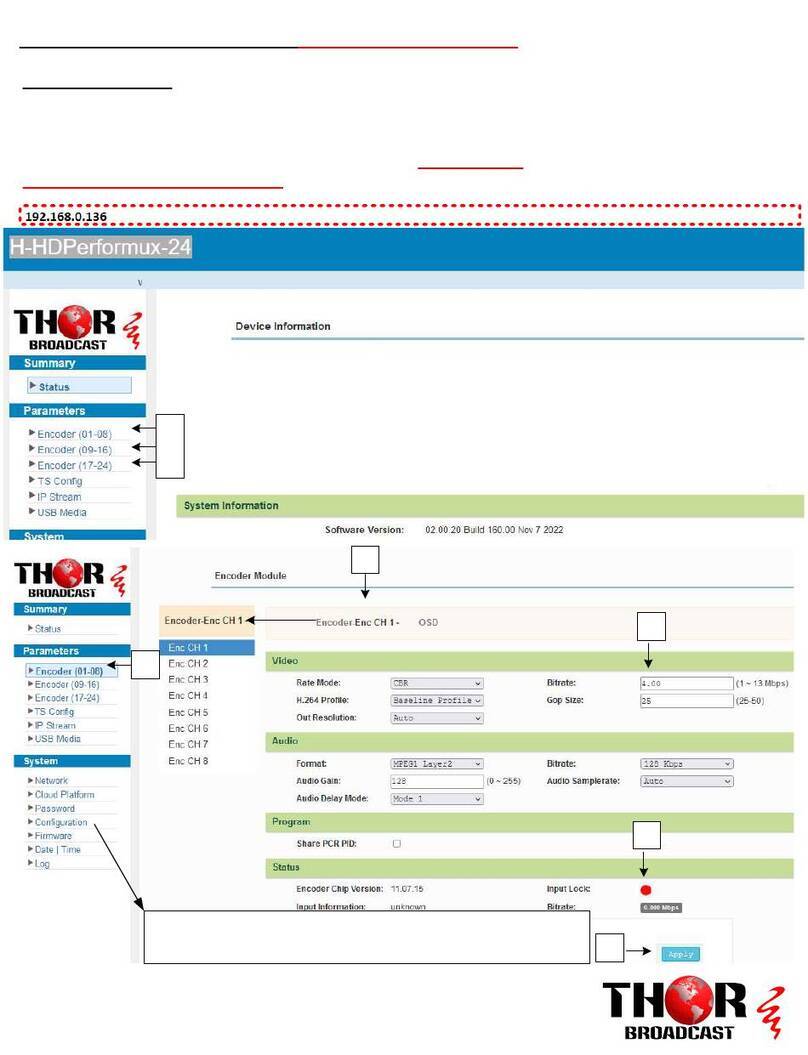
Thor Broadcast
Thor Broadcast H-HDPerformux- 8 User manual
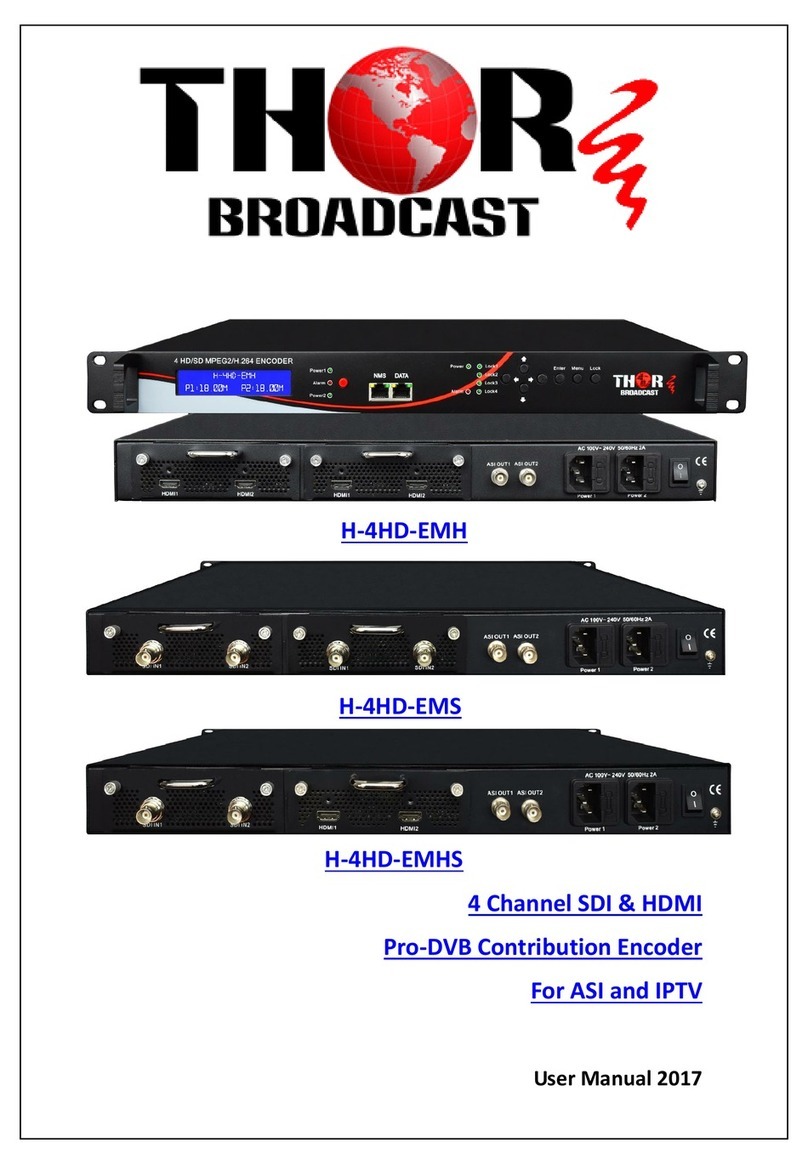
Thor Broadcast
Thor Broadcast H-4HD-EMS User manual
Popular Media Converter manuals by other brands
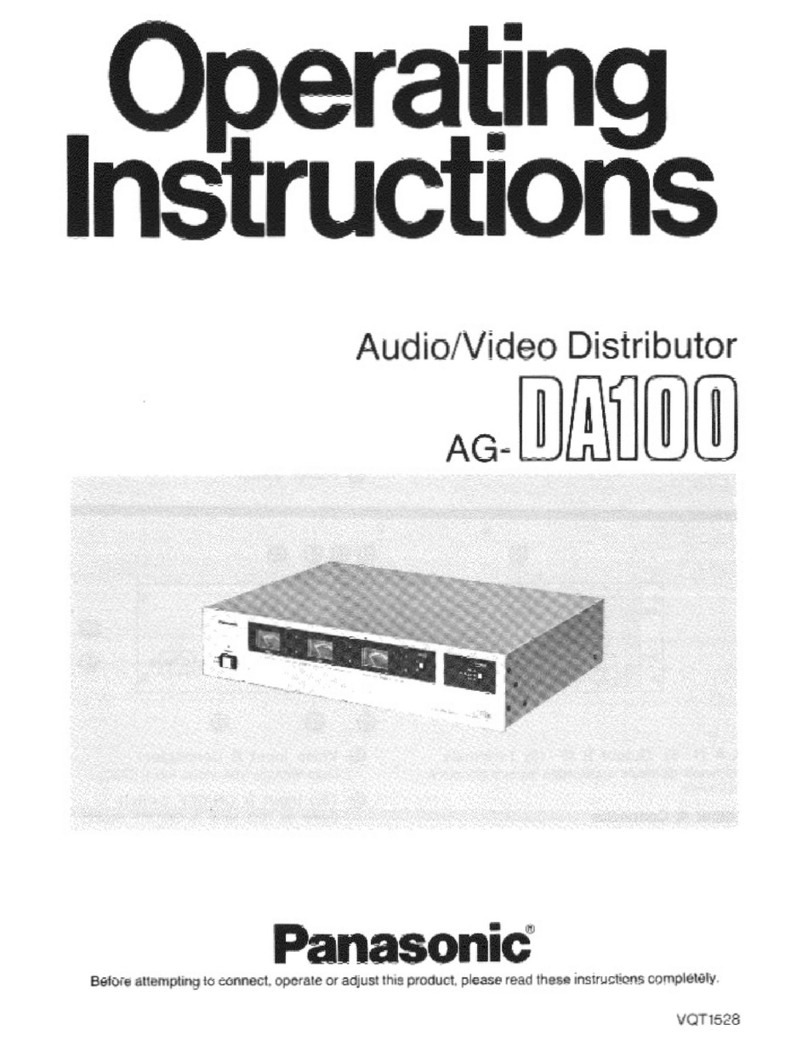
Panasonic
Panasonic AG-DA100 operating instructions
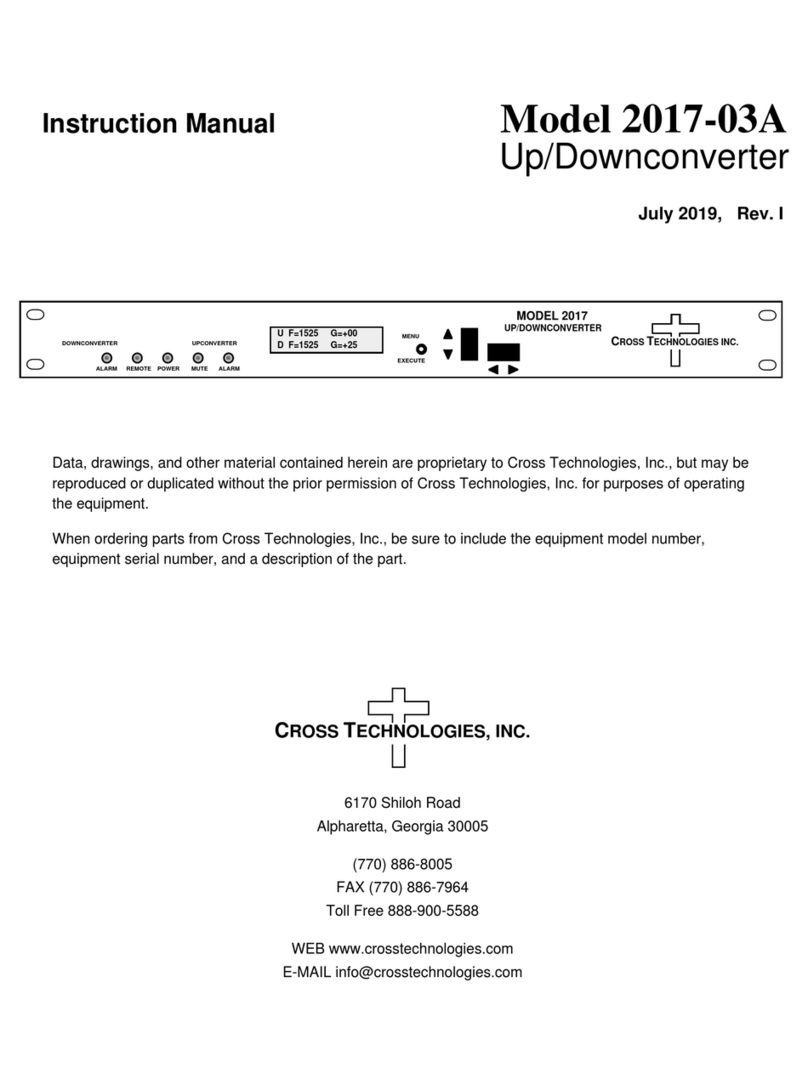
Cross Technologies
Cross Technologies 2017-03A instruction manual
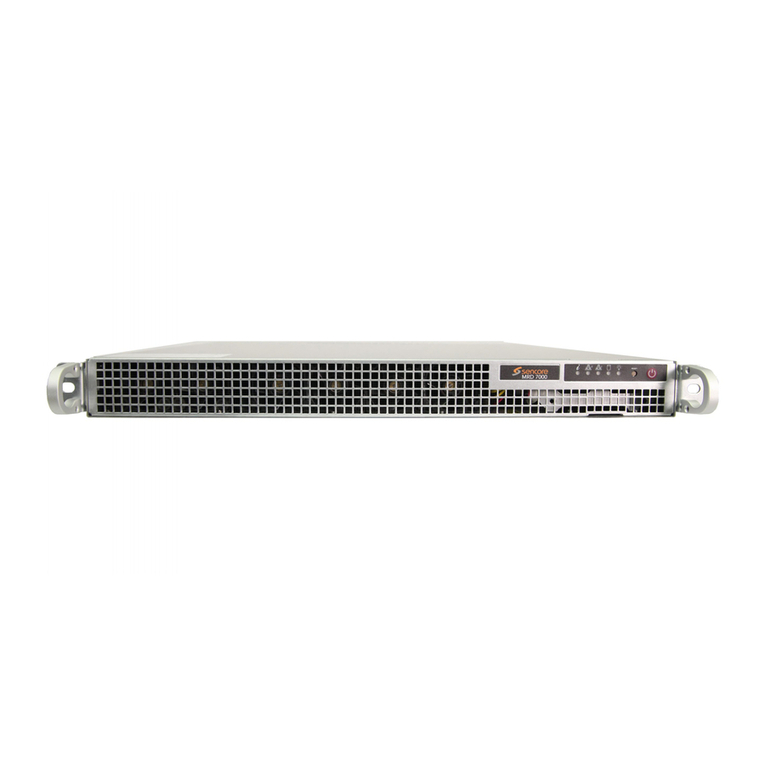
Sencore
Sencore MRD 7000 quick start guide
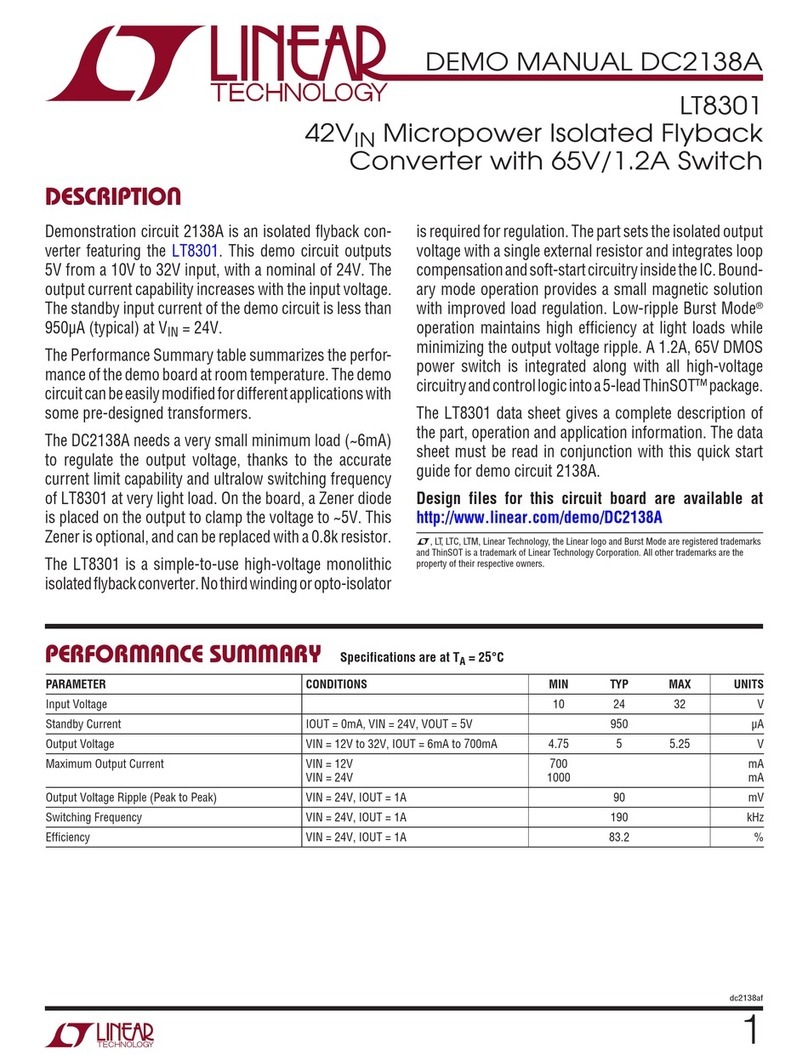
Linear Technology
Linear Technology Analog Devices LT8301 Demo Manual

GRASS VALLEY
GRASS VALLEY ADVC HD FAMILY datasheet
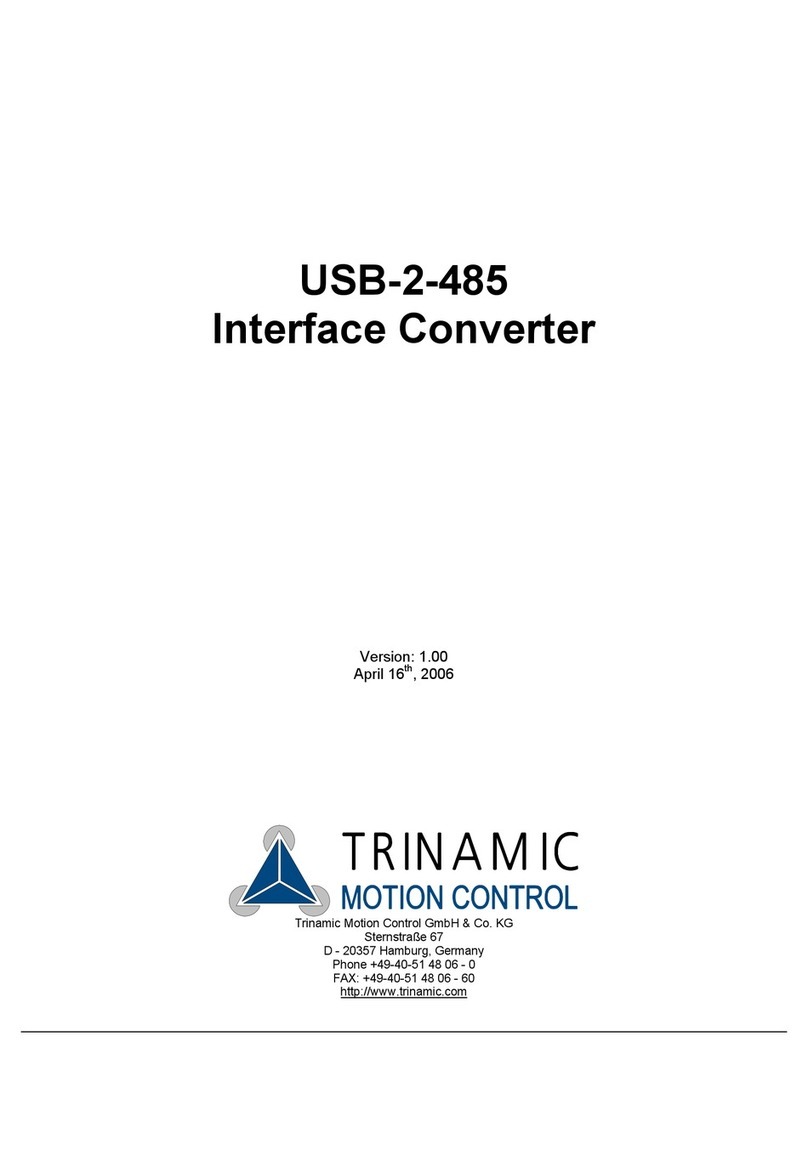
Trinamic
Trinamic USB-2-485 manual

Inteli Power 9100
Inteli Power 9100 PD9130 owner's manual

WeTech
WeTech WTC2001 user manual
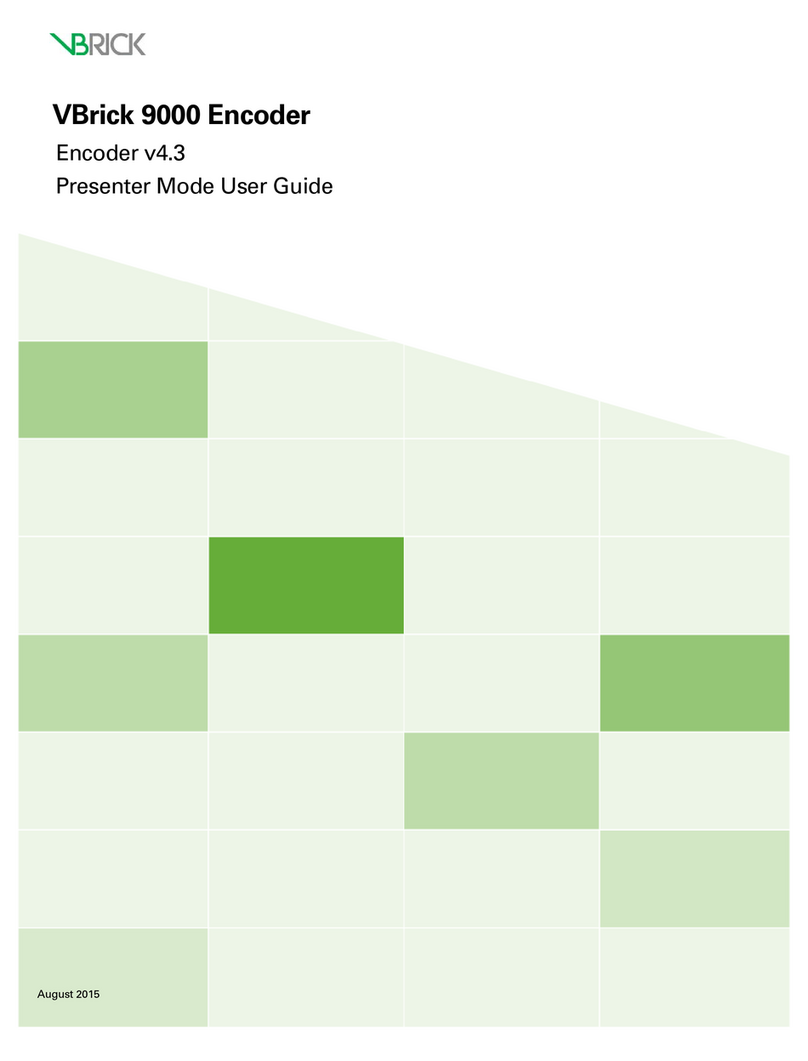
VBrick
VBrick 9000 Series user guide

TR-Electronic
TR-Electronic CEV84M-8192/4096 EIP 36ZB10FL +ST manual

Snell Advanced Media
Snell Advanced Media KudosPro MC1000 Operator's manual
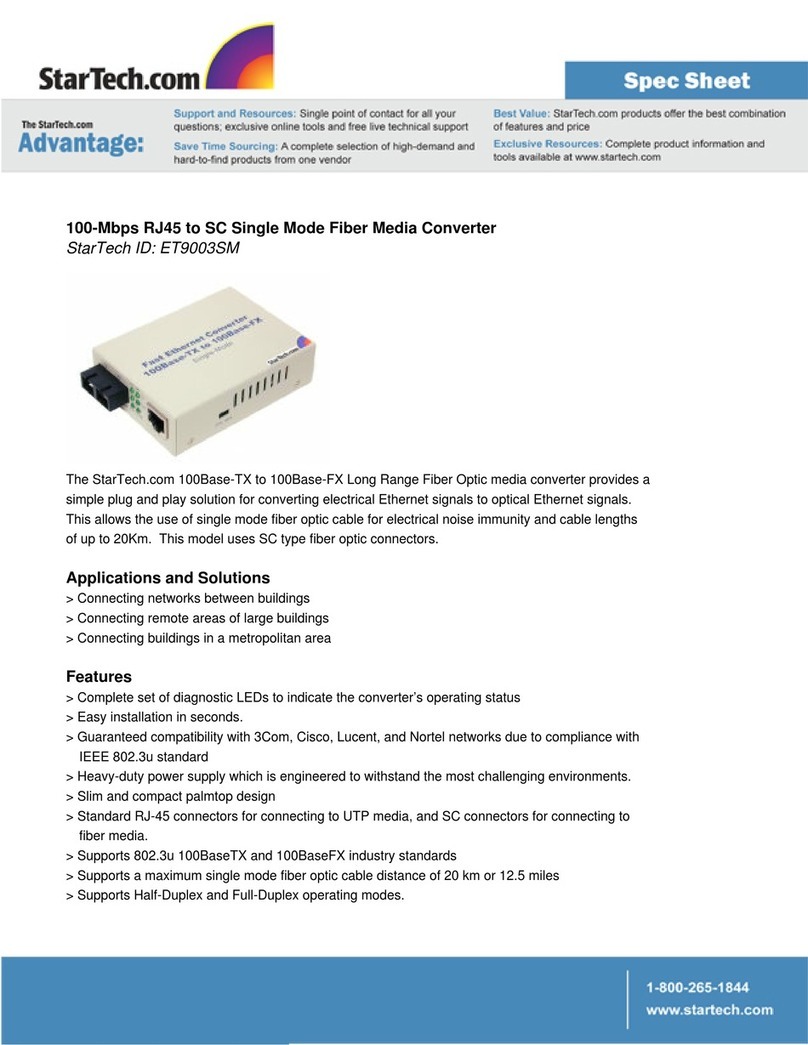
StarTech.com
StarTech.com ET9003SM Spec sheet
